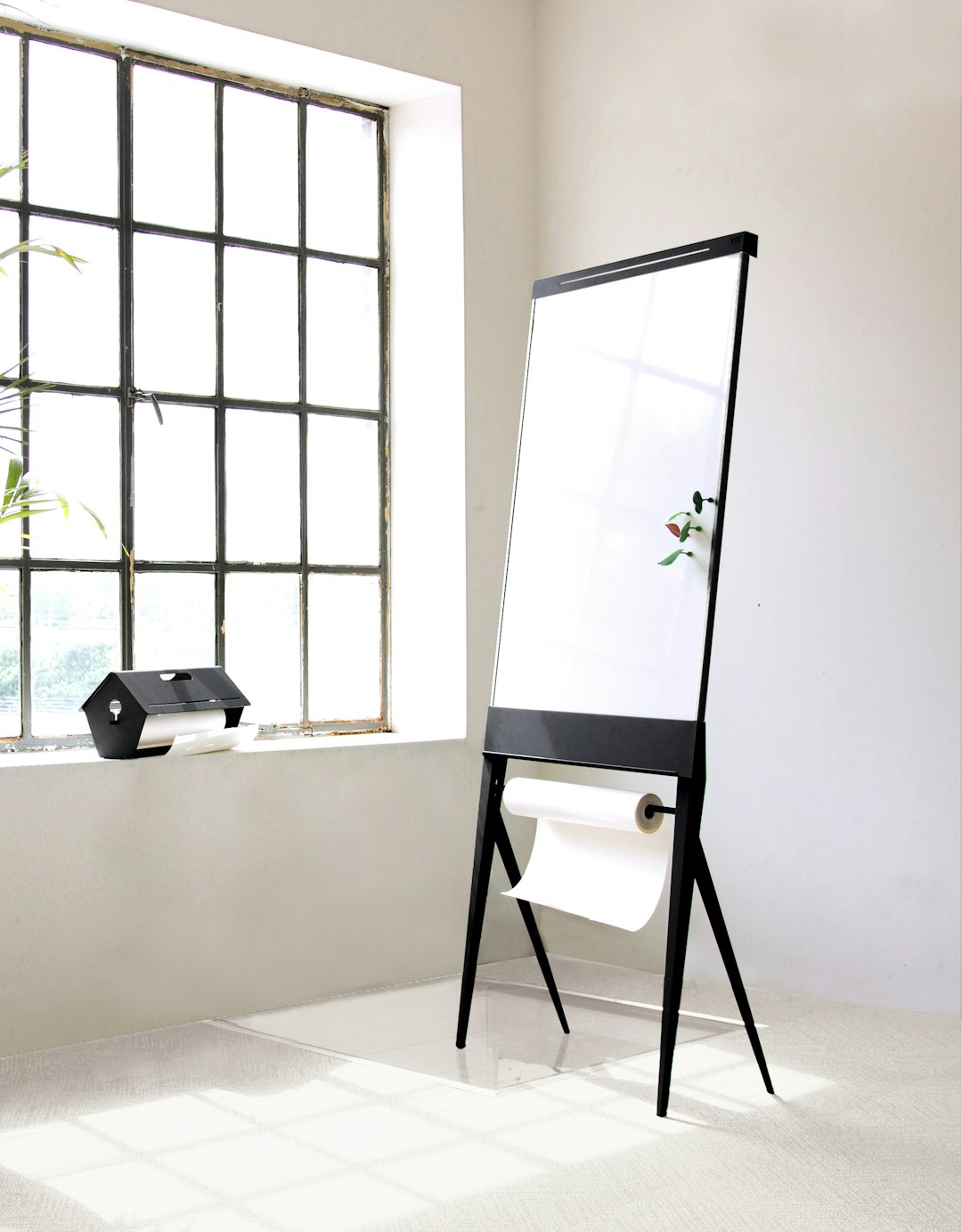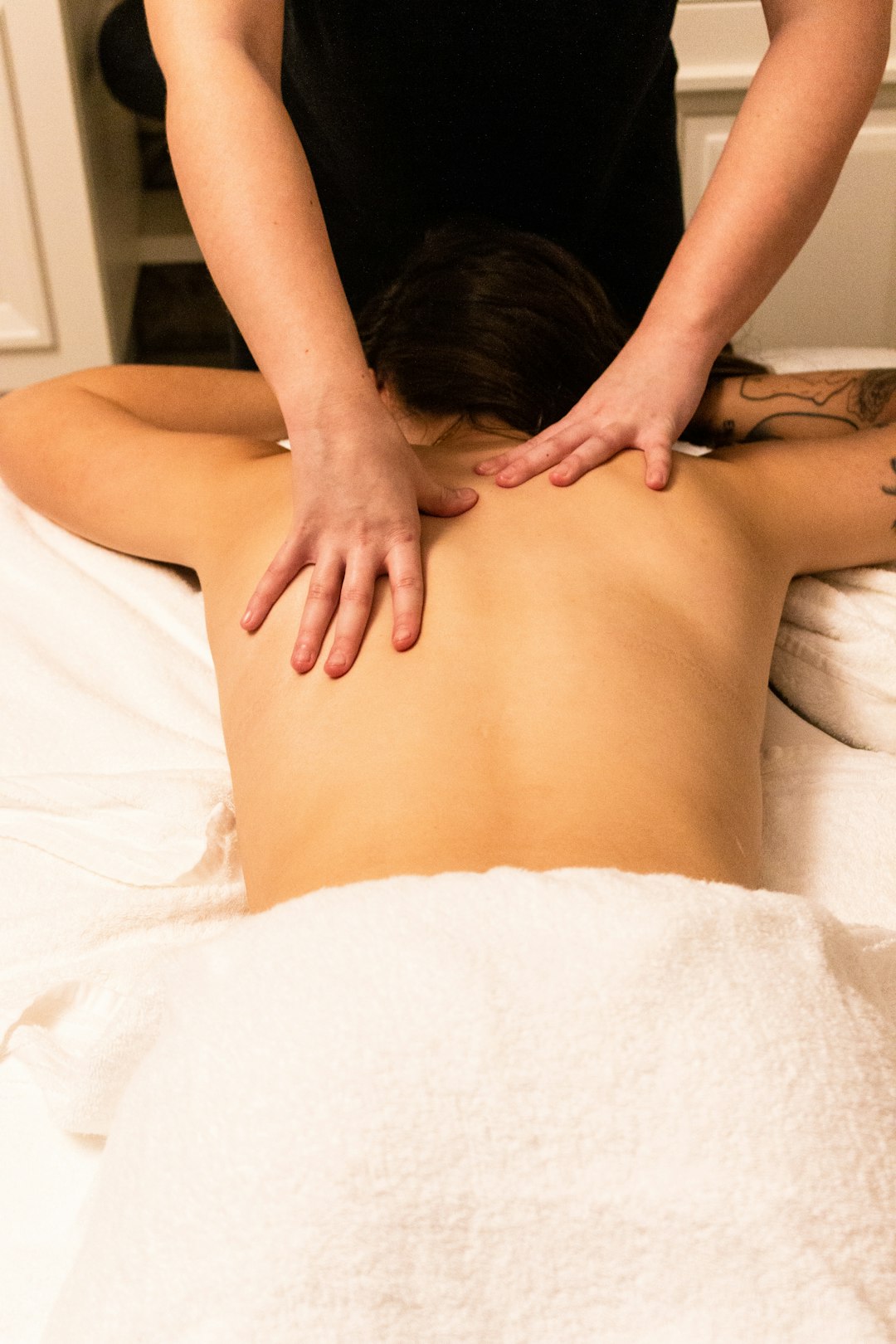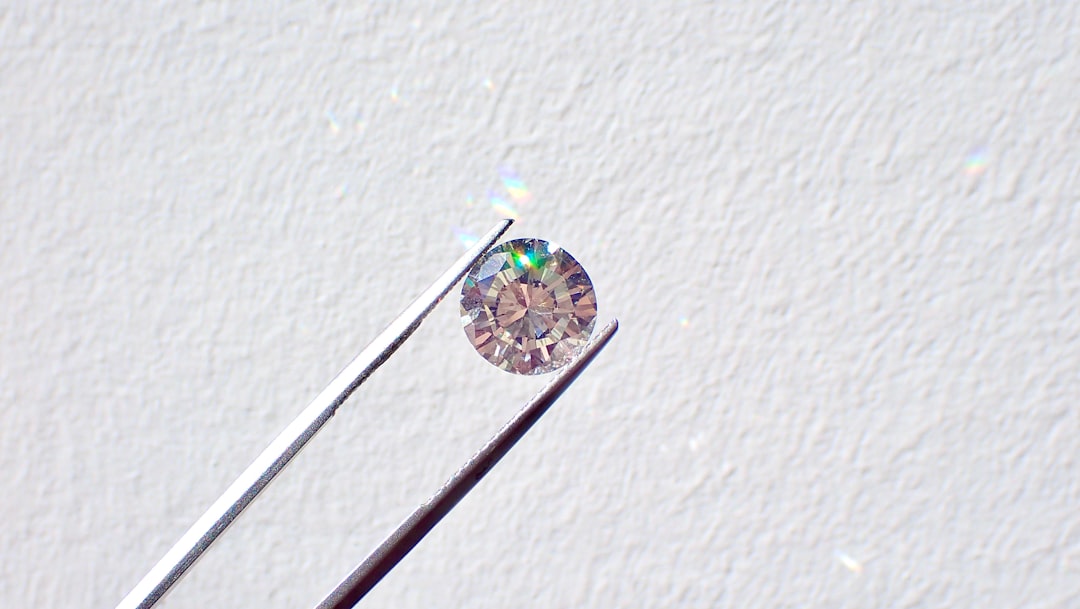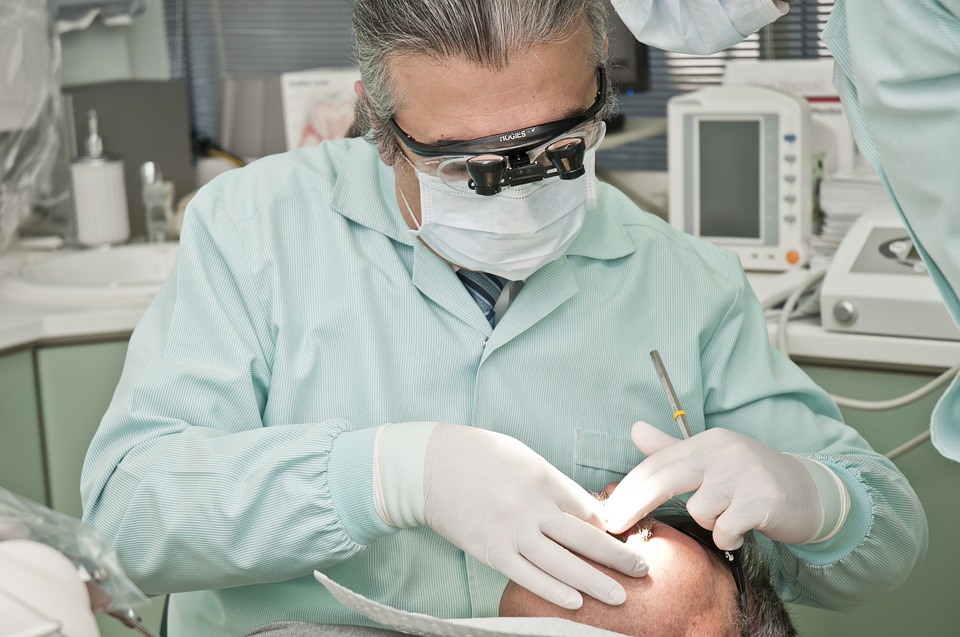Sterile instruments are very important in the field of surgery. The Centers for Disease Control and Prevention has established guidelines needed to be followed by medical practitioners to ensure that surgical instruments are always sterile. One such surgical instrument is the sterilization wrap which serves to protect against microbial penetration and contact contamination.
Sterilization wraps started out as 140-thread woven Muslin cloths which were widely used for their affordability, softness, re-usability, and absorbent characteristics. The primary drawback, however, was that the woven type doesn’t offer complete protection against microbial penetration and at times had to be doubled through the sequential wrapping to be more effective.
Non-woven wraps were introduced in the 1960s and provided a more reliable safeguard against microbial contamination. The issue of strength wasn’t yet addressed though, so there was still a need to do the sequential wrapping. It was only when polypropylene was introduced that wraps finally became stronger, repellent, and better barriers.
Newer wrap types are always being introduced in the healthcare market so currently available wraps are generally better than older ones. For reassurance, it is best to be familiar with the CDC guidelines on the sterility of surgical instruments in order to better evaluate a wrap’s effectiveness.






